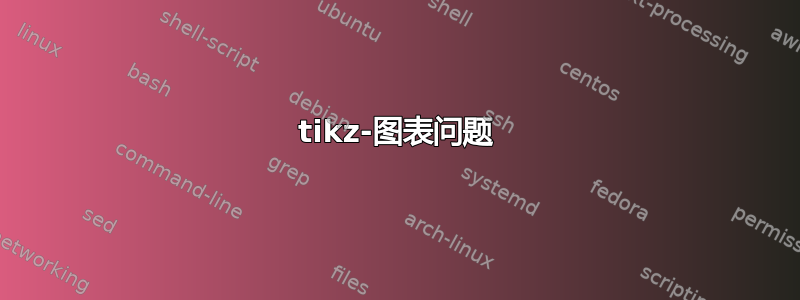
首先,我要感谢你们为这个论坛提供的帮助。这是我在这里的第一篇帖子,所以如果我可以改进某些地方,请告诉我,以便日后改进 :)
我在使用 tikz 时遇到了一些问题,希望您能帮助我。最终结果应如下所示:
我不知道如何调整这些框的大小,使它们具有相同的大小。我的意思是这三个框的宽度应该与顶部框的宽度相同。到目前为止,我所拥有的:
\documentclass{standalone}
\usepackage{tikz}
\usetikzlibrary{shapes,arrows,fit,calc,positioning}
\tikzset{box/.style={draw, rectangle, thick, text centered, minimum height=3em}}
\tikzset{line/.style={draw, thick, -latex'}}
\begin{document}
\begin{tikzpicture}[auto]
\node [box] (inv) {0};
\node [box, below=0.5cm of inv] (deter) {1};
\coordinate [below=0.5cm of deter] (vuoto1) {};
\node [box, below=0.5cm of vuoto1] (meth2) {2};
\node [box, left=0.5cm of meth2] (meth1) {3};
\node [box, right=0.5cm of meth2] (meth3) {4};
\node [box, below=0.5cm of meth1] (select) {5};
\node [box, below=0.5cm of select] (select2) {6};
\node [box, below=4.5cm of meth2] (decide) {7};
\node [box, below=0.5cm of decide] (inter) {8};
\path [line] (inv) -- (deter);
\path [line] (deter) -- (vuoto1);
\path [line] (vuoto1) -| (meth1);
\path [line] (vuoto1) -| (meth2);
\path [line] (vuoto1) -| (meth3);
\path [line] (meth1) -- (select);
\path [line] (select) -- (select2);
\path [line] (select2) -- (decide);
\path [line] (meth2) -- (decide);
\path [line] (meth3) -- (decide);
\path [line] (decide) -- (inter);
\end{tikzpicture}
\end{document}
正如您所见,框的宽度仅与文本内容一样。
如果你能帮助我我将非常感激:)
多谢。
克里斯汀
答案1
这是一种“间接”方法,其中最宽节点的边框是单独绘制的。我draw,thick从box样式中删除了,并将它们添加到新样式中narrowbox,其中包括box样式和text width=4cm。这用于中心的五个节点。
\documentclass[border=5mm]{standalone}
\usepackage{tikz}
\usetikzlibrary{arrows.meta,positioning}
\tikzset{
box/.style={rectangle, text centered, minimum height=3em},
narrowbox/.style={box,text width=4cm,draw,thick},
line/.style={draw, thick, -Stealth}
}
\begin{document}
\begin{tikzpicture}[auto]
\node [box] (inv) {Determinate the clustering variables};
\node [box, below=0.5cm of inv] (deter) {Decide the clustering procedure};
\coordinate [below=0.5cm of deter] (vuoto1);
\node [narrowbox, below=0.5cm of vuoto1] (meth2) {Partitioning clustering};
\node [narrowbox, left=0.5cm of meth2] (meth1) {Hierarchical clustering};
\node [narrowbox, right=0.5cm of meth2] (meth3) {Graph-based clustering};
\node [narrowbox, below=0.5cm of meth1] (select) {Select a measure of similarity or dissimilarity};
\node [narrowbox, below=0.5cm of select] (select2) {Choose a clustering algorithm};
\node [box, below=4.5cm of meth2] (decide) {Decide the clustering procedure};
\node [box, below=0.5cm of decide] (inter) {Decide the clustering procedure};
\path [line] (inv) -- (deter);
\path [line] (deter) -- (meth2);
\path [line] (vuoto1) -| (meth1);
\path [line] (vuoto1) -| (meth3);
\path [line] (meth1) -- (select);
\path [line] (select) -- (select2);
\path [line] (select2) -- (select.south |- decide.north);
\path [line] (meth2) -- (decide);
\path [line] (meth3) -- (meth3.south |- decide.north);
\path [line] (decide) -- (inter);
% draw rectangles around top and bottom nodes
\foreach \N in {inv,deter,decide,inter}
\draw [thick] (\N.north -| meth1.west) rectangle (\N.south -| meth3.east);
\end{tikzpicture}
\end{document}




